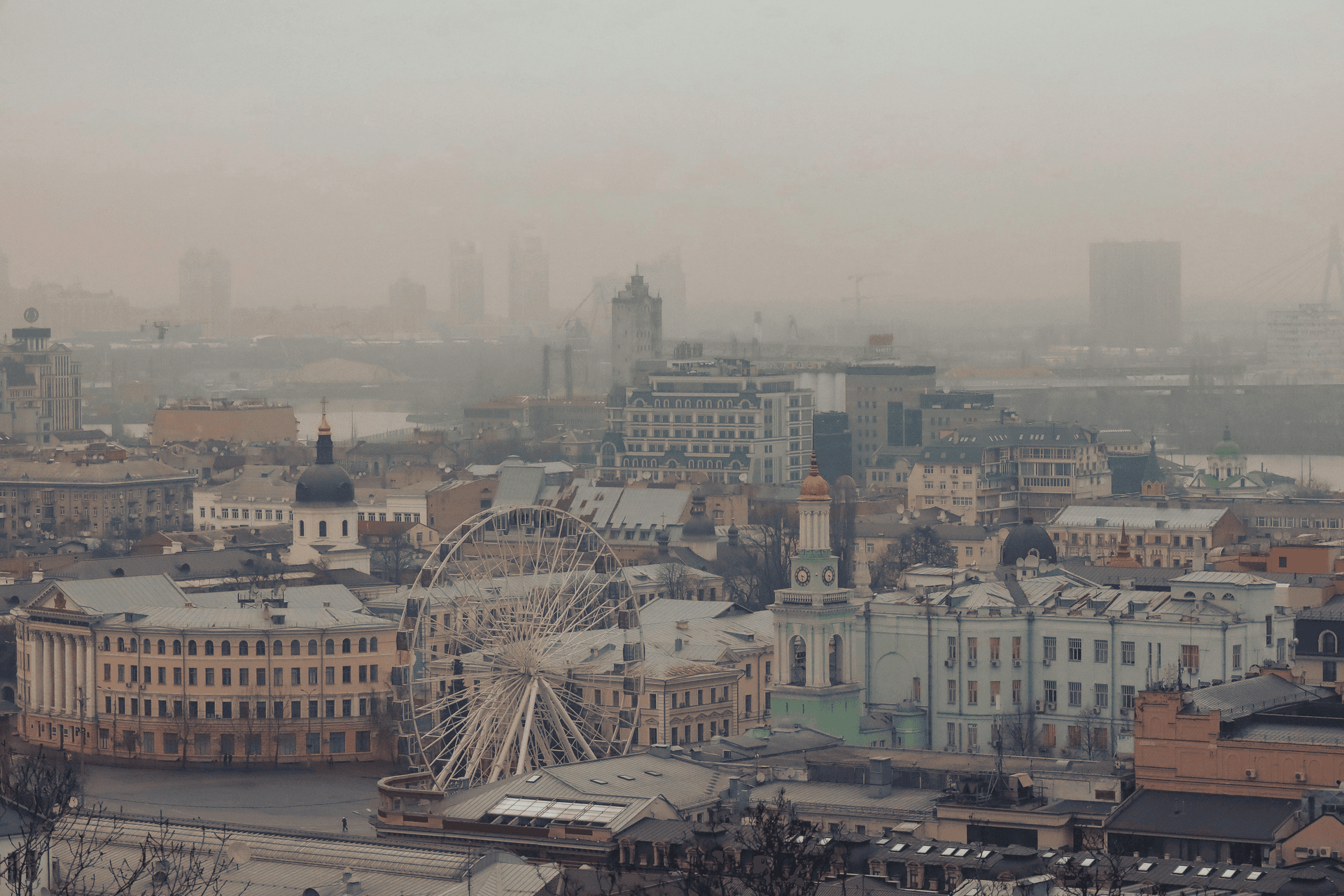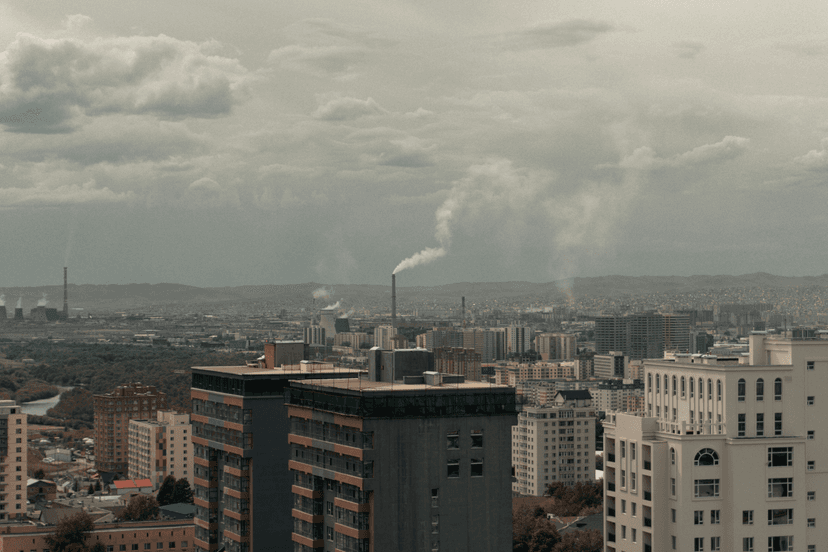Winter Smog: Why Air Quality Worsens and How to Stay Safe
Published on November 24, 2024

Winter smog is a dense mix of fog and pollutants, primarily caused by increased burning of fossil fuels, stubble burning, and low wind speeds during the colder months. The chilling temperatures create a phenomenon called temperature inversion, where warm air traps pollutants close to the ground, preventing them from dispersing.
This seasonal spike in air pollution leads to higher AQI levels, often reaching ‘very unhealthy’ or ‘hazardous’ categories. Prolonged exposure can result in respiratory issues, eye irritation, and worsened conditions for those with asthma or cardiovascular diseases. To combat this, use air purifiers indoors, wear a mask outdoors, and avoid strenuous activities during peak smog hours. Embracing public transport and clean energy sources can also contribute to reducing winter smog.

